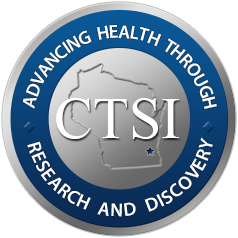Acid ceramidase confers radioresistance to glioblastoma cells. Oncol Rep 2017 Oct;38(4):1932-1940
Date
08/03/2017Pubmed ID
28765947Pubmed Central ID
PMC5652937DOI
10.3892/or.2017.5855Scopus ID
2-s2.0-85029804998 (requires institutional sign-in at Scopus site) 41 CitationsAbstract
Glioblastoma multiforme (GBM) is the most common primary, intracranial malignancy of the central nervous system. The standard treatment protocol, which involves surgical resection, and concurrent radiation with adjuvant temozolomide (TMZ), still imparts a grim prognosis. Ultimately, all GBMs exhibit recurrence or progression, developing resistance to standard treatment. This study demonstrates that GBMs acquire resistance to radiation via upregulation of acid ceramidase (ASAH1) and sphingosine‑1-phosphate (Sph-1P). Moreover, inhibition of ASAH1 and Sph-1P, either with humanized monoclonal antibodies, small molecule drugs (i.e. carmofur), or a combination of both, led to suppression of GBM cell growth. These results suggest that ASAH1 and Sph-1P may be excellent targets for the treatment of new GBMs and recurrent GBMs, especially since the latter overexpresses ASAH1.
Author List
Doan NB, Nguyen HS, Al-Gizawiy MM, Mueller WM, Sabbadini RA, Rand SD, Connelly JM, Chitambar CR, Schmainda KM, Mirza SPAuthors
Mona Al-Gizawiy PhD Assistant Professor in the Biophysics department at Medical College of WisconsinJennifer M. Connelly MD Professor in the Neurology department at Medical College of Wisconsin
Wade M. Mueller MD Professor in the Neurosurgery department at Medical College of Wisconsin
Kathleen M. Schmainda PhD Professor in the Biophysics department at Medical College of Wisconsin
MESH terms used to index this publication - Major topics in bold
Acid CeramidaseBrain Neoplasms
Cell Line, Tumor
Glioblastoma
Humans
Immunohistochemistry
Lysophospholipids
Neoplasm Recurrence, Local
Radiation Tolerance
Sphingosine
Up-Regulation









